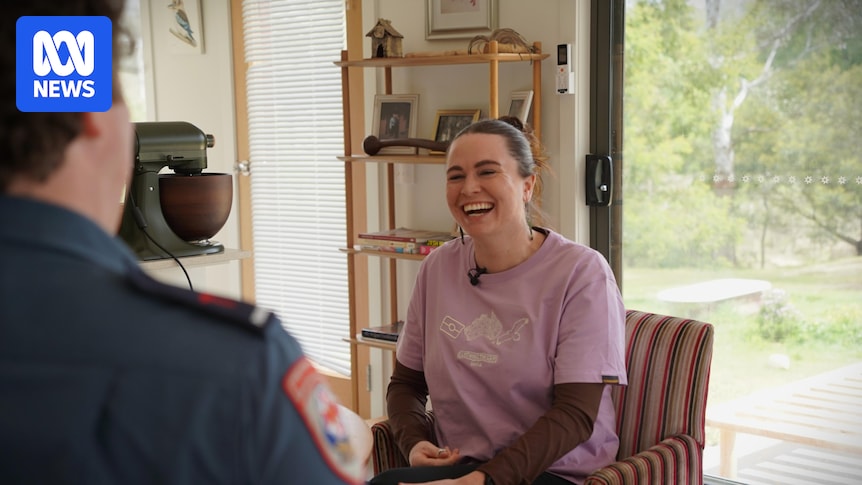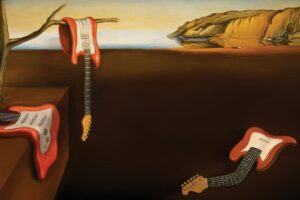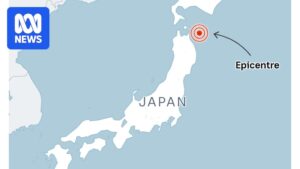
In early 2023, Sissy Austin faced one of the most harrowing experiences of her life. The 31-year-old Gunditjmara, Keerray Woorroong, and Djap Wurrung woman was brutally assaulted by a stranger while running in bushland near Ballarat. Despite the trauma, she managed to run four kilometers back to her car, where she called for emergency assistance. The perpetrator was never found, but the incident left Sissy with a severe concussion and ongoing trauma.
Despite the brutal attack and a hospital experience described as “dehumanising” by a Victorian health minister, Sissy has emerged as a vocal advocate for the safety of women and gender-diverse runners. Through her initiative, Take Back the Track, she has run multiple marathons, including in New York City, advocating for safer spaces for runners.
A Memorable Gesture in the Midst of Trauma
Amidst the chaos of that day, one moment stands out in Sissy’s memory—a moment of unexpected comfort provided by paramedic Jack Shaw. While being transported to the hospital, Sissy, in distress, asked Jack whose country they were on. His answer, “Wadawurrung country,” referring to the traditional owners of the area, brought her a sense of peace.
“I remember a moment of feeling at ease,” Sissy recalled. “It was small, but it had a massive impact.”
Jack Shaw, who often meets people on their worst days, remembers the day he met Sissy on the side of a country road. It’s not common for him to meet those he helps again, but more than two years later, Sissy reached out to thank him, leading to an emotional reunion at her home last week.
“Healing from what happened was really, really hard,” Sissy said. “It meant the world.”
Paramedic Practices and Indigenous Recognition
The interaction between Sissy and Jack has highlighted the importance of cultural recognition in healthcare settings. Ambulance Victoria has recently introduced a protocol requiring paramedics to ask patients if they identify as Aboriginal or Torres Strait Islander, where practical. This change aims to improve the experience and care of First Nations patients.
Michelle Crilly, a Yorta Yorta woman and Aboriginal program lead at Ambulance Victoria, emphasized the importance of this practice. “It’s important to know a patient’s Indigenous status,” she said, explaining that it helps paramedics identify vulnerabilities and refer patients to appropriate Aboriginal health services.
“Asking the question can help paramedics ‘identify any vulnerabilities, any risk factors, refer to the appropriate Aboriginal health services if required and get them in contact with Aboriginal liaison officers at hospital,'” Ms. Crilly explained.
Community Response and Future Implications
The initiative by Ambulance Victoria has been welcomed by Aboriginal health advocates, including the Victorian Aboriginal Community Controlled Health Organisation (VACCHO). Jill Gallagher, CEO of VACCHO, praised the move, stating, “This initiative will support our amazing first responders to recognise and respond to the needs of our Mob, creating pathways into the health system that our people can have confidence and trust in.”
Sissy’s experience underscores the impact of seemingly small gestures. “Knowing whose country you’re on and acknowledging that you’re a First Nations person, that was enough for me on the day,” she said, highlighting the importance of cultural awareness in healthcare.
For Jack Shaw, reuniting with Sissy and hearing about her recovery was a “surreal” experience, reinforcing the significance of his role as a paramedic in providing not just medical care, but also emotional support.
As Ambulance Victoria continues to implement these changes, the hope is that more Aboriginal patients will feel recognized and safe, ultimately improving the quality of care and trust in emergency services.






